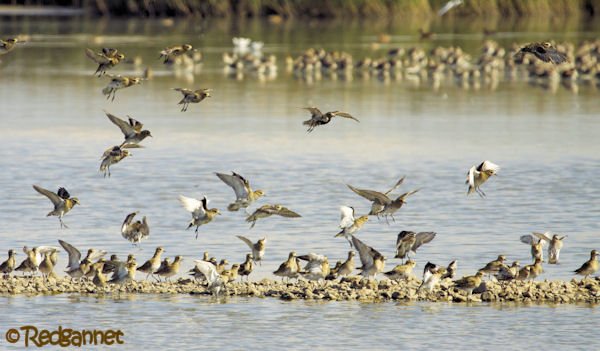
It is essential that, once learned, any new word should be used immediately in a showy manner to make one look smart. Thus, I give you the Equilux.
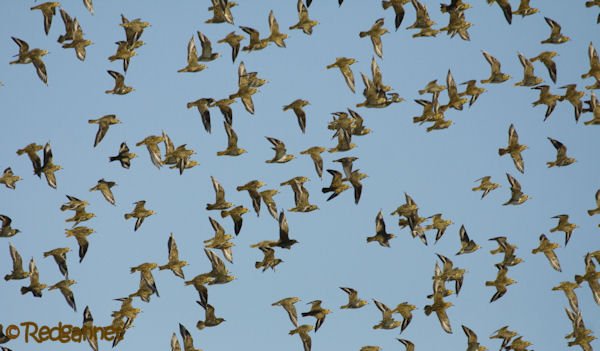
We all know about the Equinox, the astronomical term to note the time when the Sun crosses the Equator in its seasonal meanderings. Fool that I am, I assumed that equal night would automatically mean equal day too. Now I find that the Equilux occurs around four days after the Equinox. You see, the refraction of the light through the atmosphere when the Sun is close to the horizon, artificially prolongs the day. The purpose of this illusion is to give birders more time with their Swarovskis. There is a God and he loves birders.
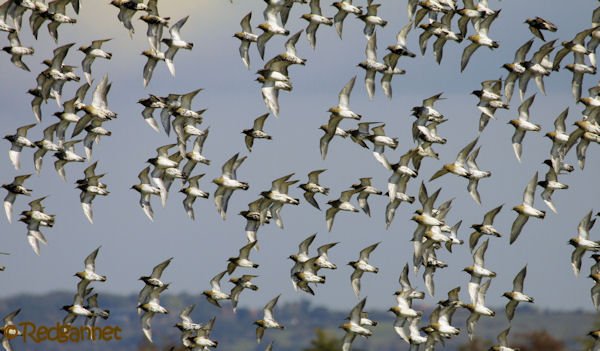
But as He giveth, so He taketh away. The season is upon us and the days dwindle with the warmth. The upside to the approach of winter is that the birds come in big numbers. They enthrall us with their stunning displays of aerial acrobatics flicking one way then t’other. Changing colour as they change direction.
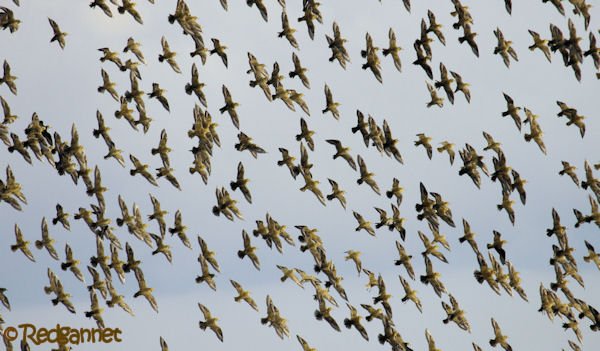
The Thames estuary is usually a cold, dark, windswept place. For the Equinox on Sept 22nd, the clouds parted, the sun shone and the wind dropped. Northern Plovers joined the Eurasian Golden Plovers in a captivating show. Strictly, the celestial bonus should be at the dawns and dusks of the inter-equis weekend, but surely there was a divine hand in such an afternoon scene?
Enjoy the Equilux and use your time wisely. Go birding.

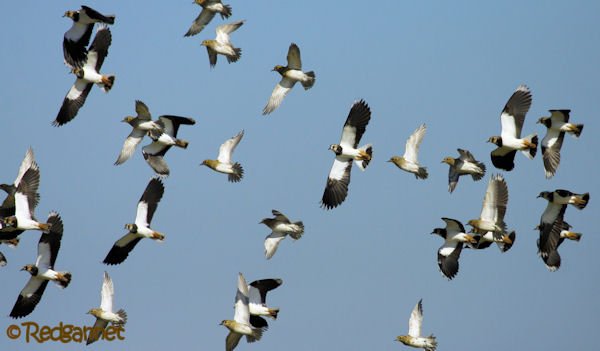










Leave a Comment